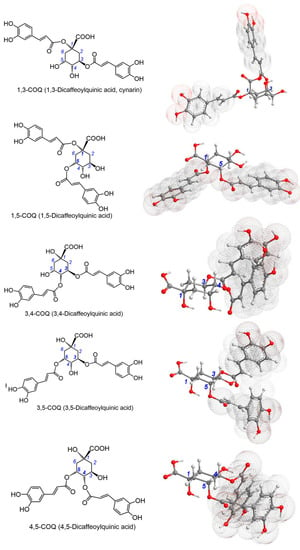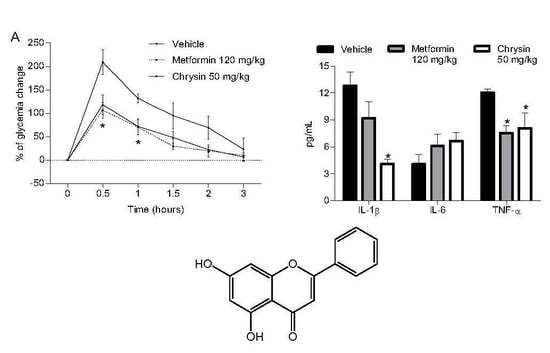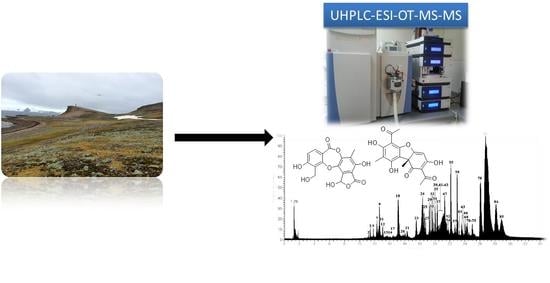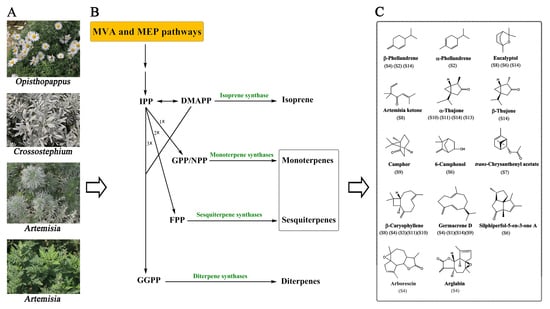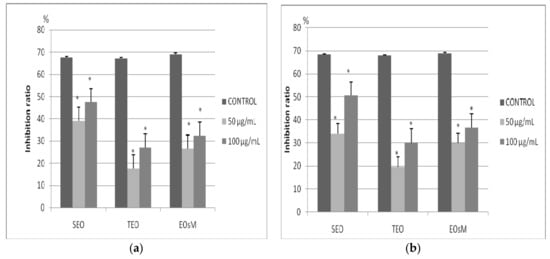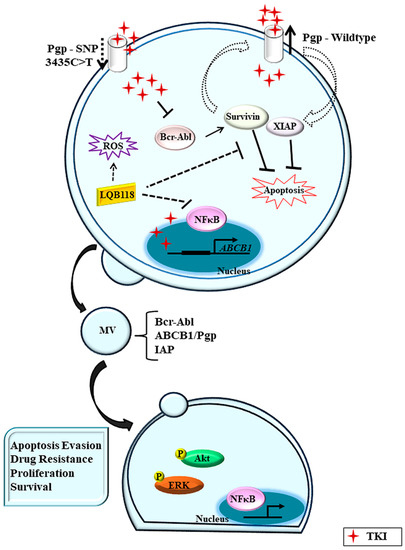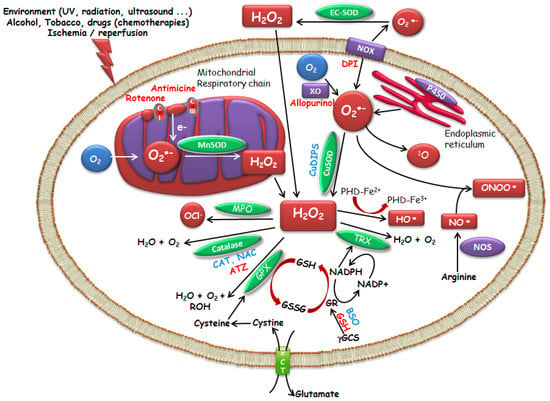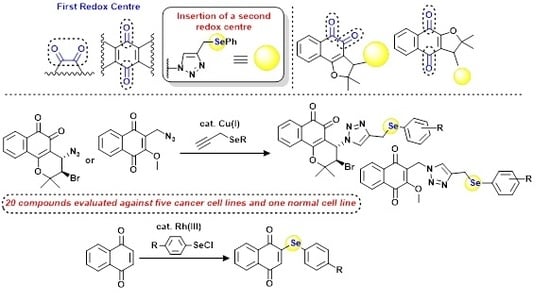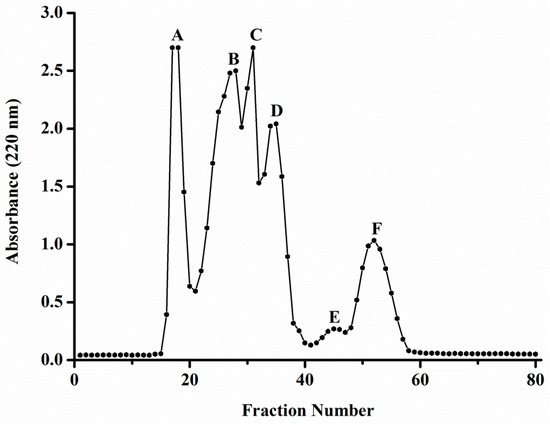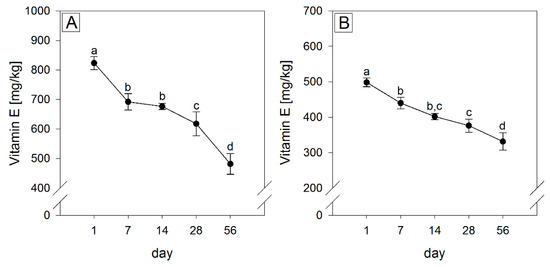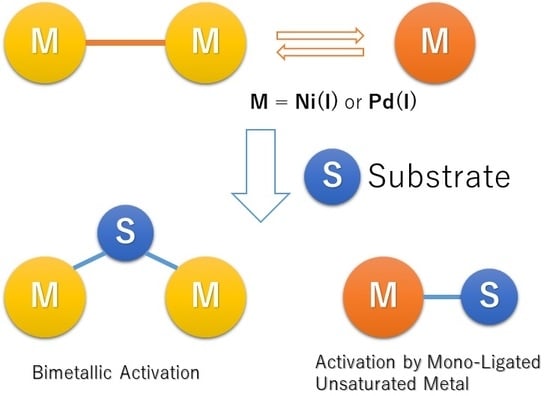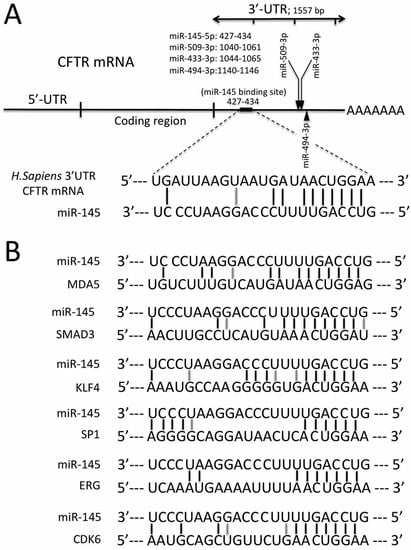Molecules 2018, 23(1), 222; https://doi.org/10.3390/molecules23010222 - 20 Jan 2018
Cited by 56 | Viewed by 5100
Abstract
In this study, a series of di-O-caffeoylquinic acids (di-COQs) were systematically investigated for their antioxidant and cytoprotective effects towards •OH-damaged bone marrow-derived mesenchymal stem cells (bmMSCs). Five di-COQs were measured using a set of antioxidant assays. The results show
[...] Read more.
In this study, a series of di-O-caffeoylquinic acids (di-COQs) were systematically investigated for their antioxidant and cytoprotective effects towards •OH-damaged bone marrow-derived mesenchymal stem cells (bmMSCs). Five di-COQs were measured using a set of antioxidant assays. The results show that adjacent 4,5-Di-O-caffeoylquinic acid (4,5-COQ) and 3,4-di-O-caffeoylquinic acid (3,4-COQ) always gave lower IC50 values than did non-adjacent di-COQs. In the Fe2+-chelating assay, 4,5-COQ and 3,4-COQ presented greater UV-Vis spectra and darker colors than did non-adjacent di-COQs. In the UPLC-ESI-MS/MS analysis, no corresponding radical adduct formation (RAF) peak was found in the reaction products of di-COQs with PTIO•. In the MTT assay, all di-COQs (especially 1,5-COQ, 1,3-COQ, and 4,5-COQ) dose-dependently increased the cellular viabilities of •OH-damaged bmMSCs. Based on this evidence, we conclude that the five antioxidant di-COQs can protect bmMSCs from •OH-induced damage. Their antioxidant mechanisms may include electron-transfer (ET), H+-transfer, and Fe2+-chelating, except for RAF. Two adjacent di-COQs (4,5-COQ and 3,4-COQ) always possessed a higher antioxidant ability than the non-adjacent di-COQs (1,3-COQ, 1,5-COQ, and 3,5-COQ) in chemical models. However, non-adjacent 1,3-COQ and 1,5-COQ exhibited a higher cytoprotective effect than did adjacent di-COQs. These differences can be attributed to the relative positions of two caffeoyl moieties and, ultimately, to the conformational effect from the cyclohexane skeleton.
Full article
(This article belongs to the Special Issue Structure-Activity Relationship of Natural Products 2018)
►
Show Figures
